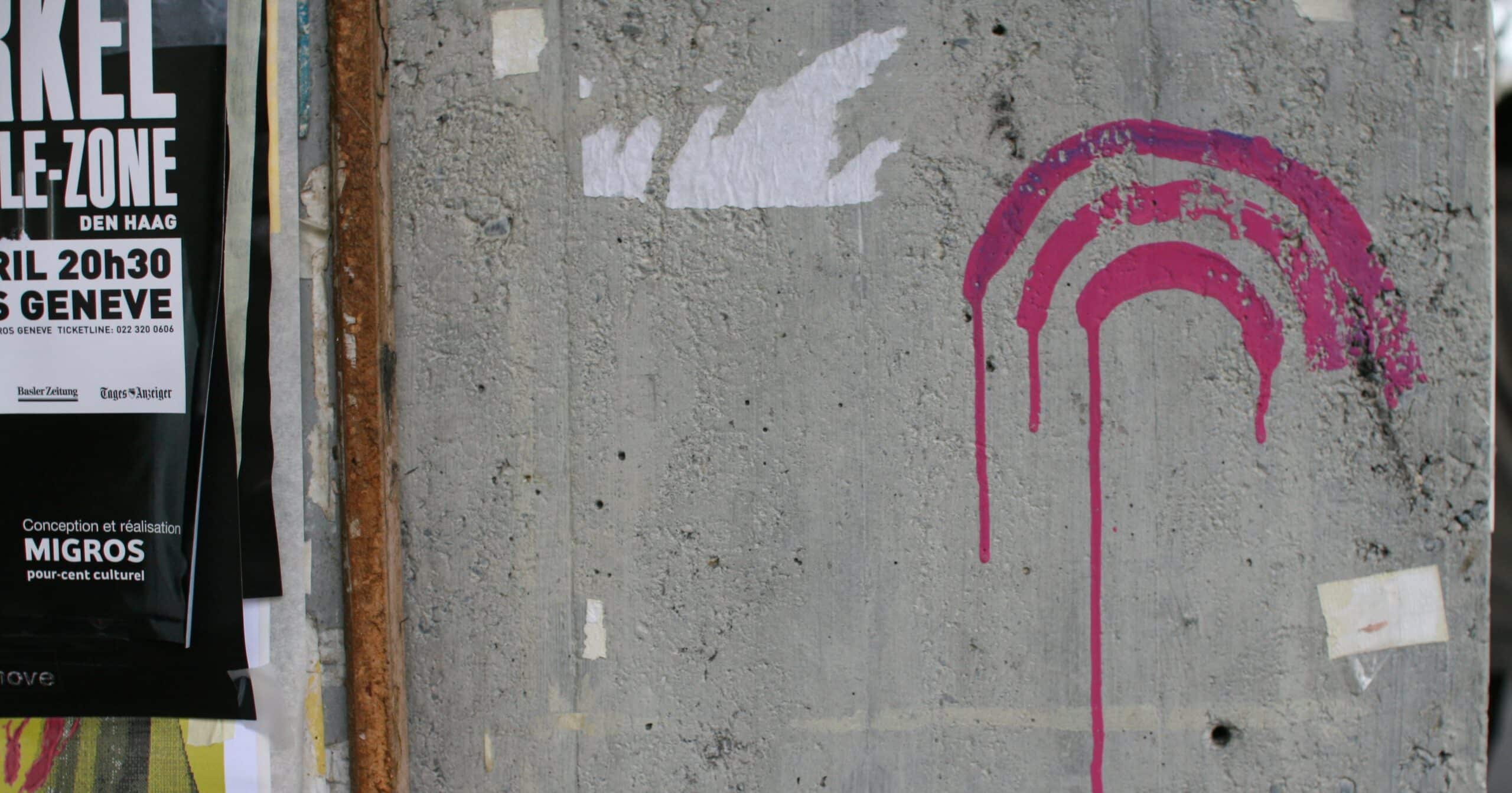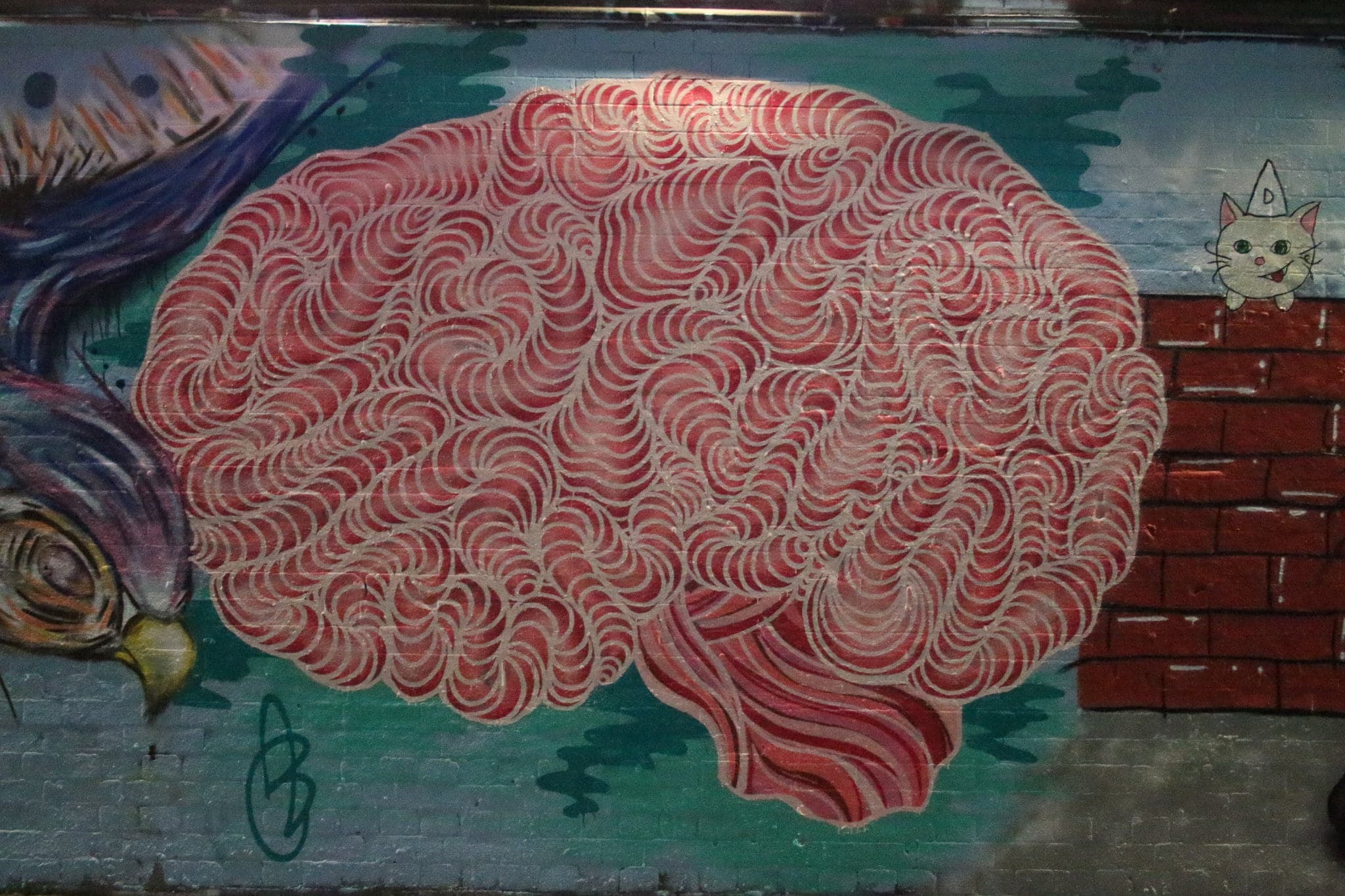3D Bioprinting – 3D Printing Human Tissue and Organs

There are many dangers associated with organ transplants. The organ has to match the body. If not, the body could reject the organ making a very dangerous situation for the patient. What if you could just print it? What if you could just pop in the specifications for an organ in a machine and it will make one for you using the patient’s very own cells? This is printing 3D organs.
How 3D Printers Work
A 3D printer is a machine capable of creating things from basic building blocks of material. It can use plastic, glass, metal and biological materials such as living cells. The first patent for technology dates back to 1980 by a Japanese doctor. 3D printing is an extension of Rapid Prototyping (RP) technologies. Originally, 3D printers were used to create prototypes in fields of engineering. However, as the technology progressed, people began to be able to use it for other applications.
Understanding Organ Transplants
To fully understand how 3D printers can print tissues and organs, you first have to understand organ transplants. Blood types and even sizes have to fit before a transplant can take place. To add to this, there is a time limit on how long an organ can stay outside the human body. Normally, there is a four hour time window. From the moment the organ leaves the body, doctors have four hours to find a match and perform the operation. On top of this, there is guarantee the organ will not be rejected even if all the characteristics match.
At first, doctors began to look at growing organs in the laboratory. While they were able to successfully create heart cells, creating a whole operational heart is a different matter. Heart and lung organs are complex and not easily created even with today’s technology. Doctors began to look for other solutions to this problem.
How 3D Printing will Aid in Organ Transplants
Organs have two major parts. One is the cells that occupy the organ. The other part is the tissue or ECM scaffolding that the cells rest on. Through a process called decellularization a detergent is used to clear off all the cells that reside on that scaffolding. From there, doctors are able to grow the recipient’s cells on the scaffolding. Once the cells grow on the scaffolding, doctors will have an organ that has less of a chance of being rejected by the body because the patients own cells are in the organ.
Before 3D printing the scaffolding still had to come from a human body, meaning doctors still had to wait for an organ to become available. With 3D printing, scaffolding can be produced . This increases the rate at which organs become available for transplant.
3D Printing in the Future
As of right now, 3D printing is on the rise and is becoming more and more available. In fact, small 3D printers can be bought for just a few hundred dollars on Amazon. Organ 3D printing is growing in research and development. It is gaining more attention and recognition as a viable option. In fact, in 2011 a successful transplant was done that saved the life of new born baby Kaiba Gionfreddo who needed a splint in order to live. 3D printed organs are the future.










